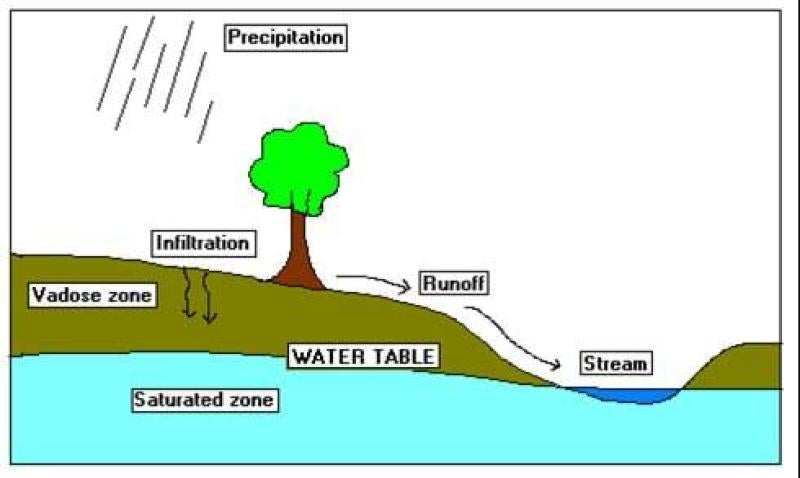Science to Empower: Leveraging groundwater-level modeling for domestic water security in California
By Linda Mendez Barrientos

In collaboration with the Rural Community Assistance Partnership (RCAP), we set out to answer how the California groundwater sustainability reform is shaping the distribution of environmental benefits and burdens across diverse groups. We used locally developed groundwater sustainability plans, submitted to the Department of Water Resources for approval, to model how the sustainability metrics proposed by plans would affect domestic and public supply wells in the Central Valley of California. Thanks to this research project, RCAP partners used this information to project future priorities and specific disadvantaged communities, who rely on these domestic and public supply wells, that may need their assistance.